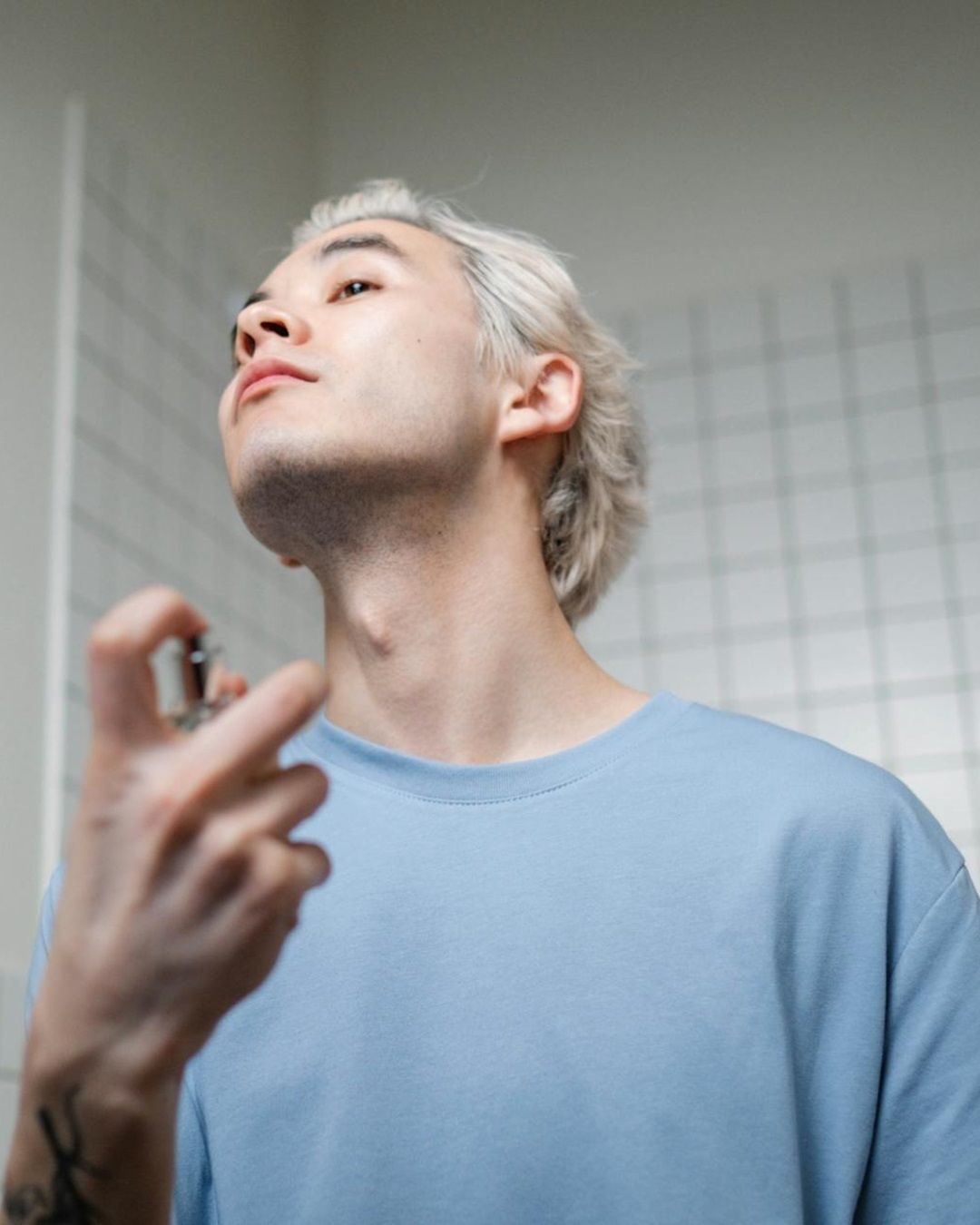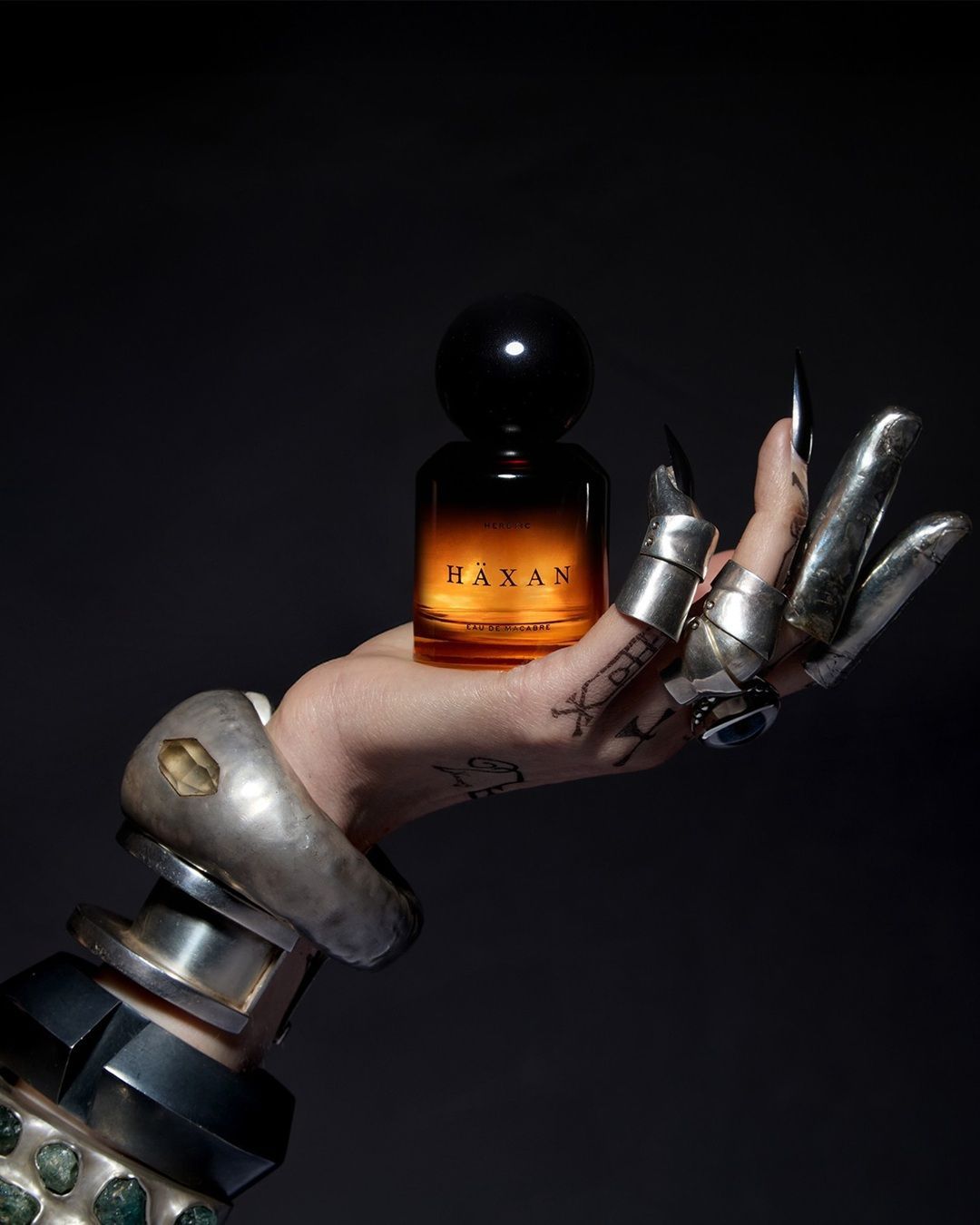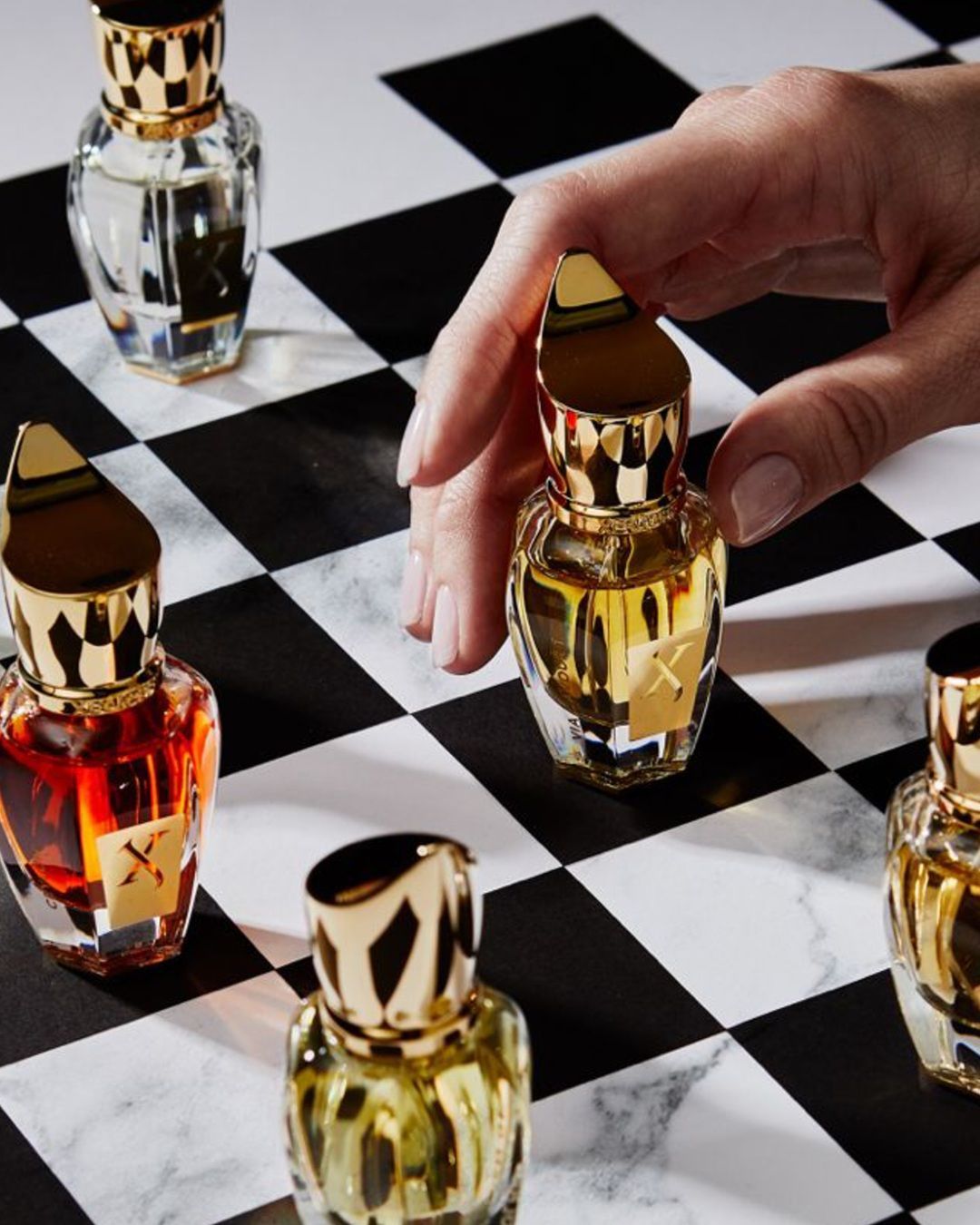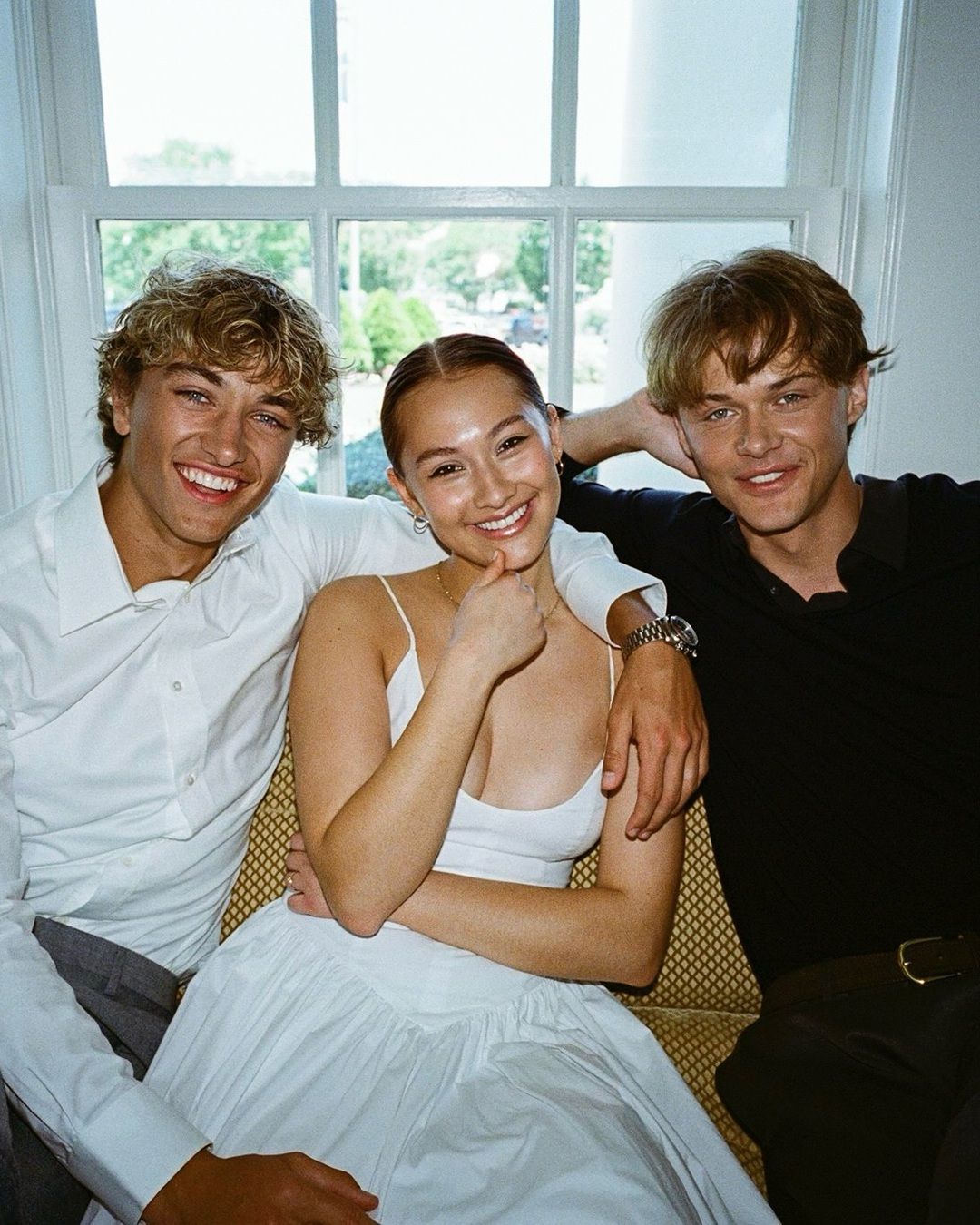
The Gen Z boys love luxury perfumes. It is mainly men who purchase high-end fragrances, driving the market for them
Gen Z has had a huge impact on the wellness and beauty market. According to Euromonitor International, the sector is expected to reach $670.8 billion by 2024, with an annual growth of 9%. A large portion of these figures is due to the perfume sector which, according to a report published a few years ago by Grand View Research, is expected to grow from a turnover of €34.8 billion in 2020 to €42.4 billion in 2025, with an annual compound growth rate of 3.9%. Leading the purchases is Gen Z, who, according to experts, "consider perfumes as part of their core identity, worn for their own enjoyment and self-expression rather than to attract others."
Smells like teen spirit
While younger girls are crazy about deluxe skincare, their male counterparts are gravitating towards perfumes, increasing - according to a teen spending report conducted by investment bank Piper Sandler - annual spending by 26% in just one year. We are not talking about old-generation body sprays like Axe, but about luxurious and complex men's fragrances with sophisticated and extravagant bouquets, such as those offered by Jean Paul Gaultier, Valentino, Dolce&Gabbana, Paco Rabanne, or Bleu de Chanel and Dior's Sauvage. There is a significant portion of teenagers and pre-teens investing their allowances or their parents' money in branded colognes costing hundreds of euros.
@thecologneboy Fragrance of the Day! #cologne #fragrance #thecologneboy original sound - TheCologneBoy
One is not enough: How many luxury perfumes do teens buy?
Until the 1970s, men's fragrances were an accessory one could do without. Aftershave was enough, maybe a deodorant, or just soap and water. Then came Pour Homme by Paco Rabanne and cologne became a fashion statement, followed by Davidoff Cool Water and Drakkar Noir in the 80s, Acqua di Gio and CK One in the 90s, which - as explained by Paul Austin, founder of the fragrance and branding agency Austin Advisory Group - were designed for customers in their 20s and 30s. With the release of Axe body spray in 2002, even younger people started showing interest in the category. Compared to the past, today's teens are more demanding, informed, and prefer experimenting with different products rather than sticking to a single brand. Instead of wearing one fragrance every day of their lives, Gen Z looks around, follows trends, and wants a "fragrance wardrobe" that fits different moments and moods. For many, the allure of branded fragrances lies in the maturity they impart to the wearer. For others, it's a boost of self-confidence, a small daily gesture that makes them feel good. For all, the inspiration comes from TikTok.
@thatfragrancekid #menscologne #fragrance #thatfragrancekid #parfumsdemarly @Parfums de Marly #saksfifthavenue @Saks Fifth Avenue original sound - TFK
TikTok and Smellmaxxing
Why does a teenager want a shelf full of fragrant and expensive bottles? The answer is smellmaxxing, a practice that involves using perfumes and fragrances to enhance one's appeal and attractiveness. Thus, on TikTok, the #PerfumeTok section is hugely popular, and influencers are multiplying. The most famous is @jeremyfragrance, a thirty-something German with a crucifix around his neck, designer clothes, and a love for sports cars who churns out cologne and perfume reviews. Among other gurus attracting young people's attention by talking about aldehydes, heart notes, and sillage are the exuberant @ThatFragranceKid and @TheCologneBoy, an eighteen-year-old from Winnipeg with a collection of nearly 400 bottles. They - with videos about new releases, which fragrance is best to wear on a date or for a school exam, and a series of tips on how to wash, moisturize, and take care of oral hygiene - influence their followers and, consequently, drive the accelerated demand for premium fragrances, steering teenage buyers towards expensive luxury brands and niche perfumes.























































